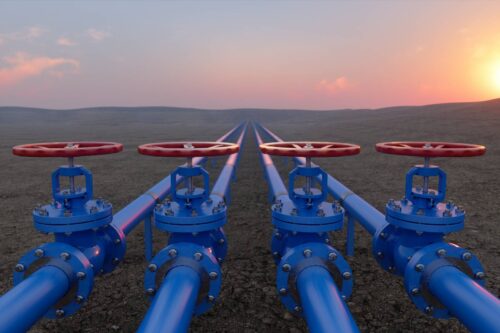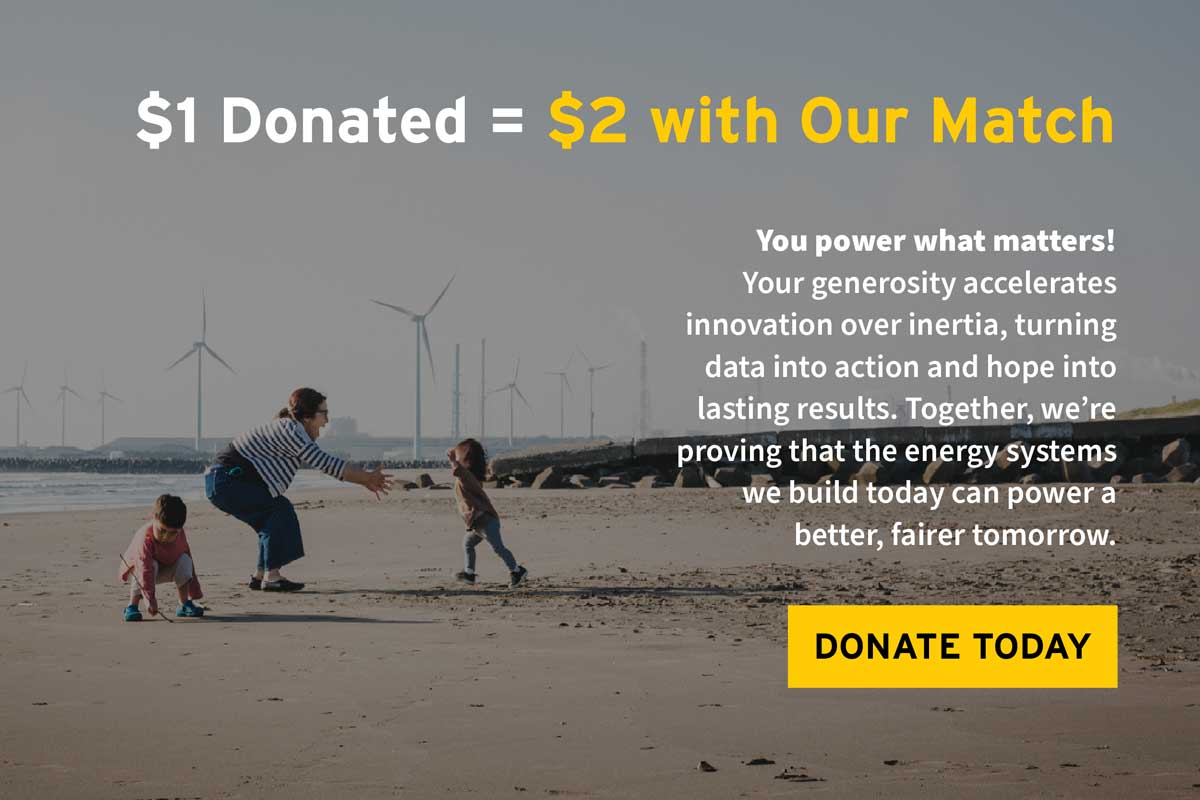
Bringing Gas Utility Planning into the 21st Century
New gas infrastructure shouldn’t be the only option when planning for the future.
New gas utility infrastructure spending is continuing to grow at a rate that far outpaces the number of new gas customers. As alternatives to traditional gas infrastructure investments emerge, regulators and stakeholders need to better understand and evaluate gas infrastructure plans to ensure that they are not greenlighting a future stranded asset — and leaving ratepayers with the bill. New rules in development in Nevada pose a unique opportunity to improve oversight of utility planning and build the capacity to implement these solutions.
Increased scrutiny on gas investments
Gas utility investments across the United States are coming under increased scrutiny. In Oregon, regulators declined to acknowledge the long-term plans of all three gas utilities for failing to realistically account for the long-term trajectory of gas use. Regulators in Nevada and Minnesota are currently establishing the first integrated resource planning requirements for gas utilities in their states. New requirements for long-term planning in Colorado, Illinois, New York, Massachusetts, Missouri, and Washington all aim to surface how gas utilities make infrastructure investment decisions and align those decisions with policy goals of the state, including to meet emissions reduction targets. Discussions and investigations into gas utility planning are underway in Illinois, Maryland, New Jersey, Rhode Island, and Washington, D.C.
Notably, the opportunity to scrutinize gas utility investments is front and center in Nevada, as regulators are currently evaluating how to improve and expand oversight of gas utility planning. Nevada’s gas system has been experiencing rapid growth of infrastructure that is relatively new. The state saw a 61 percent increase in the number of residential customers from 2002 to 2022, compared to 16 percent growth nationally. This places Nevada fourth in rates of residential gas customer growth among US states. Only 10 percent of pipes in the state were installed before 1980, compared to 39 percent nationally.
This has two consequences for gas planning in Nevada. First, further growth today, given the uncertain outlook for the future of gas systems, poses significant risks of stranded assets to the utility and ratepayers in the long term. Second, the newer vintage of Nevada’s infrastructure provides a unique opportunity to get out ahead of the larger challenges faced by states like Illinois and Massachusetts, which are struggling through a period of major reinvestment in aging infrastructure that saddles customers with costs for decades. Both of these factors point to the need for greater oversight of gas utility planning and the careful evaluation of long-term risk in today’s context.
Multiple factors are driving this trend
In many cases, states’ commitments to reduce climate pollution economy-wide inspire policies aimed at reducing gas use, including in the built environment. In all states, including Nevada, Americans are beginning to take advantage of a slew of federal incentives and rebates that make investments in energy efficiency and electric home technologies that outperform gas especially attractive. Meanwhile, investment in the gas system continues to rise, with annual expenditures on the distribution system alone surpassing $20 billion in 2022. Over the same period, gas use per customer has been declining. Early 2020s per-customer gas usage is on average 15 percent lower than usage in the 2000s. From 1997 to 2022, investments in the gas distribution system have increased five-fold, while the number of customers is only up by 17 percent (Exhibit 1). This trend puts upward pressure on customers’ gas bills, as rising fixed costs are not matched by comparable growth in new customers to share those costs.
Exhibit 1: Growth in US gas utility distribution infrastructure spending has vastly outpaced growth in the number of gas customers.

Despite this level of spending, there is a significant mismatch in the regulatory oversight of the gas and electric systems, whose operations are increasingly understood to be deeply interdependent. Regulators and stakeholders are recognizing the need to plan for the future of a gas system currently reliant on unsustainable levels of perpetual growth. Regardless of a state’s climate goals, increased regulatory scrutiny of gas utility investments is needed to protect near- and long-term customer interests.
The need for new processes
Ensuring gas utility investments are in the public interest requires new processes. First, greater insight is needed into how gas utilities spend ratepayer dollars currently, as well as how future investments are identified. Today, it is common for gas utilities to only identify investment needs within a five-year period, in some cases less, which hamstrings their ability to test and implement non-infrastructure alternatives. System mapping tools, such as one recently developed by PG&E in Northern California, are invaluable for building the capacity to identify investment needs with greater specificity and further into the future. Such tools also facilitate the integration of infrastructure planning across the gas and electric systems.
Most crucially, gas utilities must undertake a comprehensive and meaningful consideration of alternatives to traditional infrastructure investment. This begins with the identification of opportunities across all types of investment, as far into the future as possible; system mapping tools will be critical to this work. Utilities will simultaneously need to develop the capacity to deploy solutions for different types of avoided gas investment.
Avoided gas investment falls into three broad categories: (1) extension of service to new customers, (2) capacity expansion of existing assets, and (3) risk-related replacement of existing assets.
- Service extension to new customers has been incrementally addressed in some states by reforming the incentives new customers receive to connect to the gas system, known as line extension allowances. Some dual-fuel utilities, such as National Grid, are working with customers who request new gas service to explore if their needs can be met through electrification instead of installing new gas infrastructure.
- Capacity expansion of existing assets can be avoided with the participation of just a portion of the project’s downstream customers. The needed gas demand reduction can be achieved through a variety of measures including energy efficiency, weatherization, and electrification of gas equipment. New York and Colorado utilities are currently working to identify alternatives to capacity expansions and implement demand-reduction measures to avoid anticipated gas infrastructure investment.
- Risk-related replacement of existing assets typically aims to address leaks or aging pipes and requires all impacted customers to transition from gas to avoid installing new gas infrastructure. Within this category, larger projects impacting more than five customers may prove challenging under existing regulatory frameworks but are being explored by utilities and stakeholders in multiple states. Smaller projects impacting fewer than five customers have to date been successfully implemented by multiple utilities including PG&E, National Grid, and Con Edison.
Bringing alternatives to scale
Within Nevada’s new gas planning process, both dual- and single-fuel utilities can develop the capacity to pursue alternatives to traditional gas infrastructure under existing regulatory frameworks. PG&E began these efforts in 2018, and to date has completed 88 avoided investment projects. At the urging of the New York Public Service Commission, gas utilities in New York have also begun to identify and implement multiple types of avoided investment projects, ranging from those affecting very small groups of customers, to broad demand-reduction efforts.
However, bringing alternatives to infrastructure investment to meaningful scale will require reevaluating utility incentives, ensuring gas customers benefit through downward pressure on rates, and applying the lens of avoided investment to more future gas infrastructure needs. These factors will be critical for regulators to keep in mind as they implement new planning requirements and adapt the regulatory framework to new contexts.
